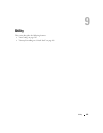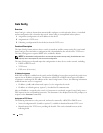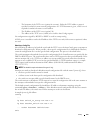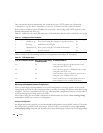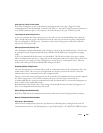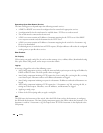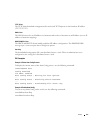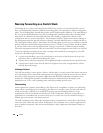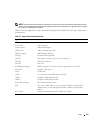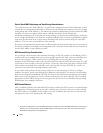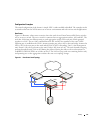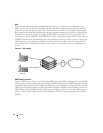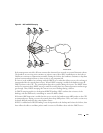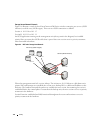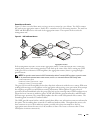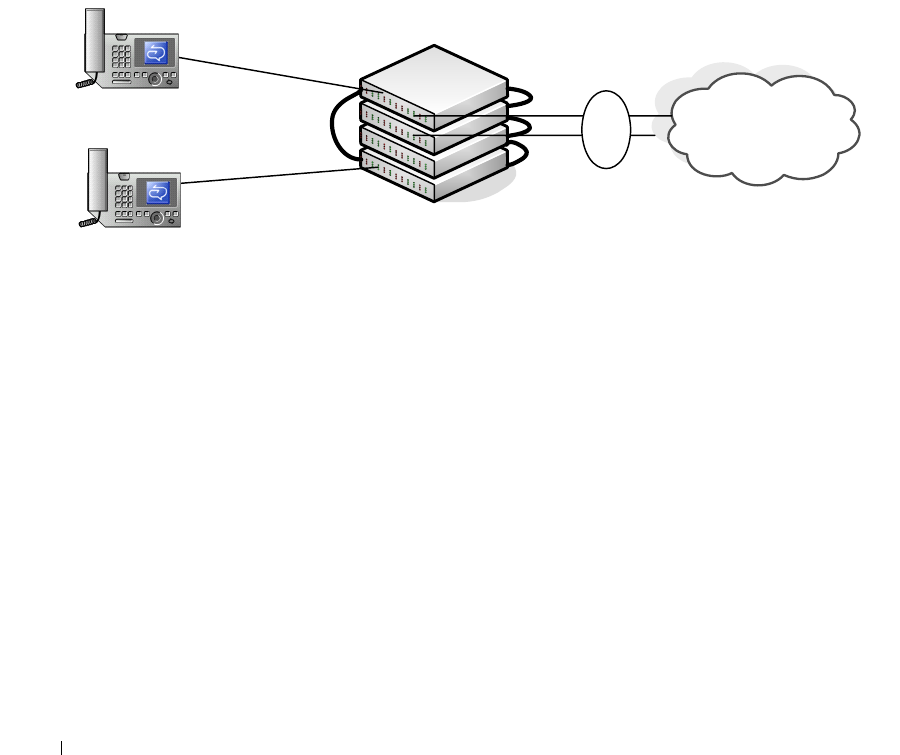
172 Utility
VoIP
Figure 9-2 shows how nonstop forwarding maintains existing voice calls during a management unit
failure. Assume the top unit is the management unit. When the management unit fails, the call from
phone A is immediately disconnected. The call from phone B continues. On the uplink, the forwarding
plane removes the failed LAG member and continues using the remaining LAG member. If phone B has
learned VLAN or priority parameters through LLDP-MED, it continues to use those parameters. The
stack resumes sending LLDPDUs with MED TLVs once the control plane restarts. Phone B may miss an
LLDPDU from the stack, but should not miss enough PDUs to revert its VLAN or priority, assuming the
administrator has not reduced the LLDPDU interval or hold count. If phone B is receiving quality of
service from policies installed in the hardware, those policies are retained across the management unit
restart.
Figure 9-2. NSF and VoIP
DHCP Snooping Scenario
Figure 9-3 illustrates an L2 access switch running DHCP snooping. DHCP snooping only accepts DHCP
server messages on ports configured as
trusted
ports. DHCP snooping listens to DHCP messages to build
a bindings database that lists the IP address the DHCP server has assigned to each host. IP Source Guard
(IPSG) uses the bindings database to filter data traffic in hardware based on source IP address and source
MAC address. Dynamic ARP Inspection (DAI) uses the bindings database to verify that ARP messages
contain a valid sender IP address and sender MAC address. DHCP snooping checkpoints its bindings
database.
LAG
Phone A
Phone B



